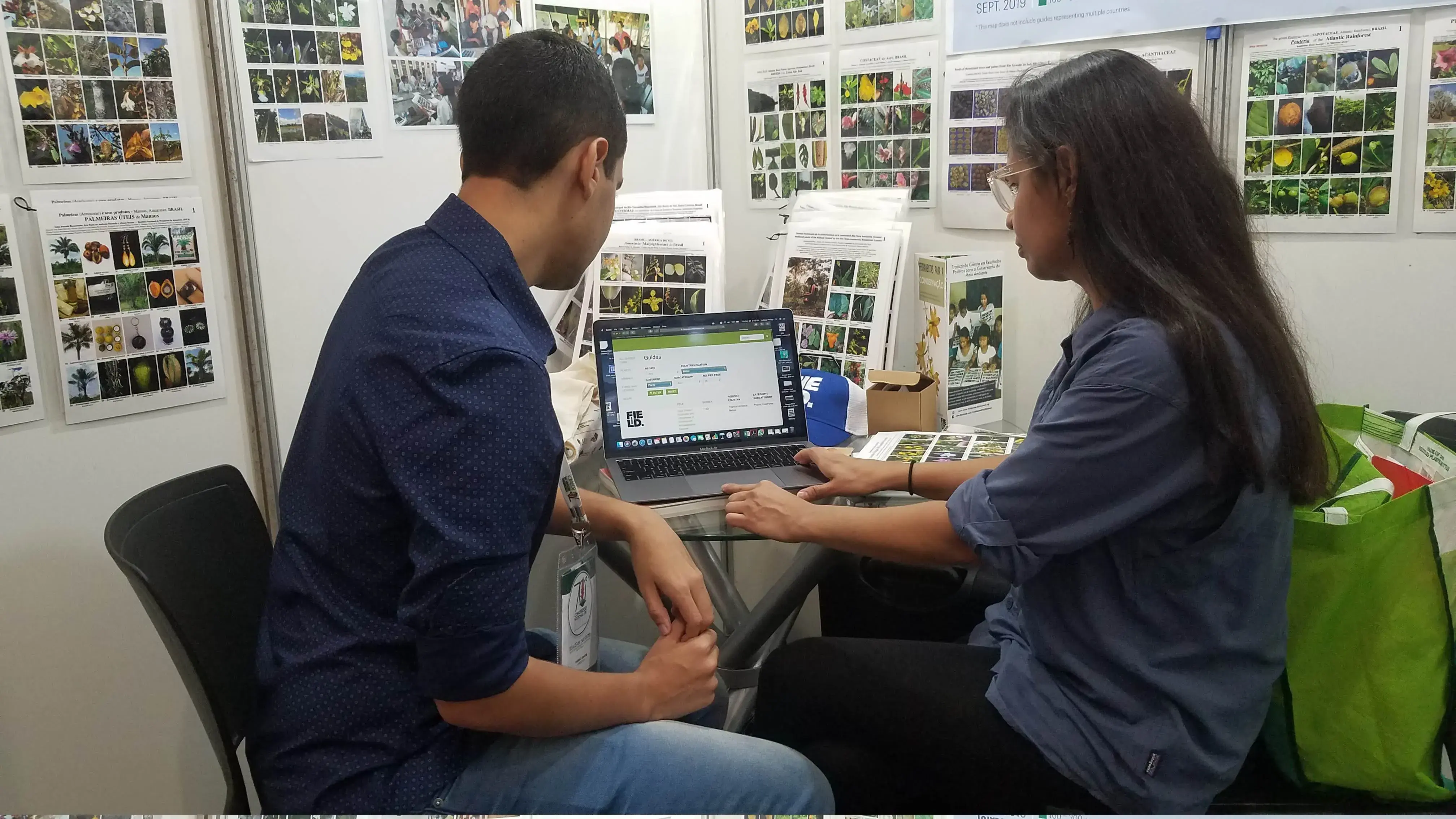Before You Start

Before you create a field guide, please ensure that all of your answers to the following criteria questions are “Yes” and that you read our general guidelines and visit our Frequently Asked Questions Page.
- Do you have high-resolution images?
- Do you have highly reliable identifications of those images?
- Does your guide focus on organisms, field stations, or protected areas for which few or no field guides exist?
If the guide you have in mind does not fit these criteria, but you feel it is a good fit for our site, write to us at fieldguides@fieldmuseum.org
General Guidelines
1. There are no fees for publishing a Field Guide on our webpage
2. The main components of a Field Museum Field Guide are photos (species) and species identification (information). We can not publish a guide if either of these two is missing.
3. We reserve the right not to publish a guide that doesn't follow our main criteria for displaying images and content.
4. Our experts will review the scientific names in your guide for adherence to the International Codes of Nomenclature for animals, algae, fungi, and plants and may also suggest name changes following online indexes of currently accepted names. You are ultimately responsible for the accuracy of your identifications and nomenclature.
5. Make sure you have the appropriate permission to:
- Publish photos and data from privately managed areas, including cemeteries, indigenous reserves, private gardens, etc.
- Use photographs taken by anyone except the authors.
- Include photos of people in your field guide.
6. We do not display human remains in our field guides.
7. The field guide’s publication process follows a first-come, first-served basis.
8. Field guides must be submitted through our online platform called Submittable. We are not accepting submissions via email or social media. Do you want to learn more about Submittable? Go to the Frequently Asked Questions Page, Submitting Your Guide For Review and Publication section.
The Field Museum does not accept discrimination based on race, color, national origin, religion, age, disability, marital or partnership status, sex, sexual orientation, gender identity, and gender expression.